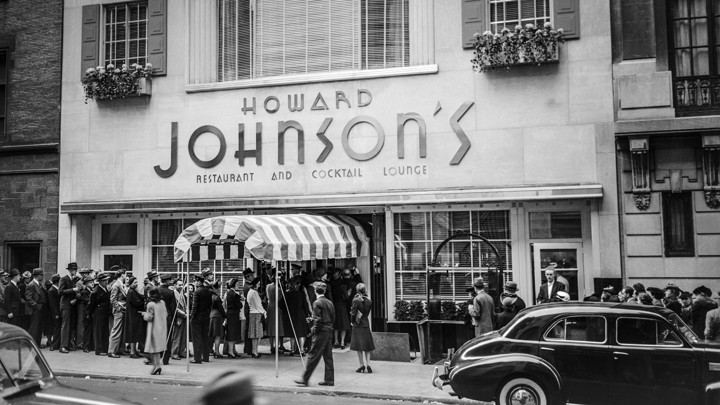
World famous for its architecture, Chicago boasts works by such greats ranging from the Frank Lloyd Wright to William LeBaron Jenney, designer of the world’s first skyscraper. No other city in the world has more Ludwig Mies van der Rohe buildings than Chicago. Yet for many, the largest landmass in the city is like an uncharted territory when it comes to outstanding architectural design.
“60% of Chicago is the South Side,” says noted photographer and journalist Lee Bey. “It’s geographic area that is twice the size of Brooklyn and the size of Philadelphia. But over the years it’s been ignored by many Chicagoans as well as the architectural press, architectural tours and lecturers.”

Bey, who is considered an architectural expect, grew up on the South Side and has long appreciated the treasures found there. He shares this passion in his recently releases book Southern Exposure: The Overlooked Architecture of Chicago’s South Side, which he describes as a wake-up call.

“You can’t have anything that big and ignore it,” says Bey who is also a lecturer at the School of the Art Institute. “Chicago can’t be a world class city if they overlook the South Side and the West Side.”
Because I grew up in Northwest Indiana, I am familiar with the South Side and some of its architectural marvels such as the sprawling Chicago Vocational High School at 2100 E. 87th Street—the largest Art Deco building that’s not a skyscraper in Chicago and the Middle Eastern/Moorish/Persian-style building with a towering minaret at 79th and Stony Island that’s on the right when turning on to Stony Island from the Chicago Skyway.

But I didn’t know about The National Pythian Temple, The Overton Hygienic Building and The Chicago Bee Building or that there was a Frank Lloyd Wright home that was over a century old for sale in the West Pullman area. Known as the Foster House and Stable, it was designated a Chicago landmark in 1996 and can be had for around $200,000.
“That house would sell for a lot more in other parts of Chicago,” says Bey, noting the home is in good condition.

Even Bey sometimes comes across an unknown find.
“I was caught by surprise when I saw Stony Island Church of Christ at1600 E. 84th,” he recalls. “It looked like it was designed by Ray Stuermer and I went home and looked it up and it was,” says Bey.

While watching a documentary of Eero Saarinen and discovering they’d left out his buildings for the University of Chicago, Bey knew he had to rectify the neglect of architect on the South Side.

“If they could leave out Eero, then something needed to be done,” he says, writing in his book that “for decades
” For decades, most of the buildings in that vast area have Bey writes.
most of the buildings in that vast area have been flat-out ignored by the architectural press, architectural tours, and lectures — and many Chicagoans.”

It’s a call to action, he says noting that Bowen High School would be a city landmark and on the National Register if it were located on the North Side. After all, the Carl Schurz High School on the Northside were built the same year and both were designed by the same architect, Dwight Perkins, chief architect of the Chicago Board of Education between 1906 and 1909. But Schurz has been a city landmark since 1978 and made the National Register of Historic Places in 2011. Bowen, located in a mostly black and Latino South Side community, has neither.

“It’s astounding what’s there, he says. “There’s architecture on the South Side by architects that people would immediately recognize. People should care about them and get out and see them,”
Ifyougo:
What: Ley Bey talks and book signings.
When & Where: Epstein Global is hosting Lee Bey on November 7th from 5:30 to 7:30 pm. Bey will be speaking in their offices, 600 West Fulton, Chicago, IL.
Anyone interested in attending, please contact Noel Abbott at Epstein. (312) 429-8048; nabbott@epsteinglobal.com.
When & Where: November 12 at 6:30 pm at the Evergreen Park Public Library, 9400 S. Troy, Evergreen Park, IL
708-422-8522; evergreenparklibrary.librarymarket.com





















